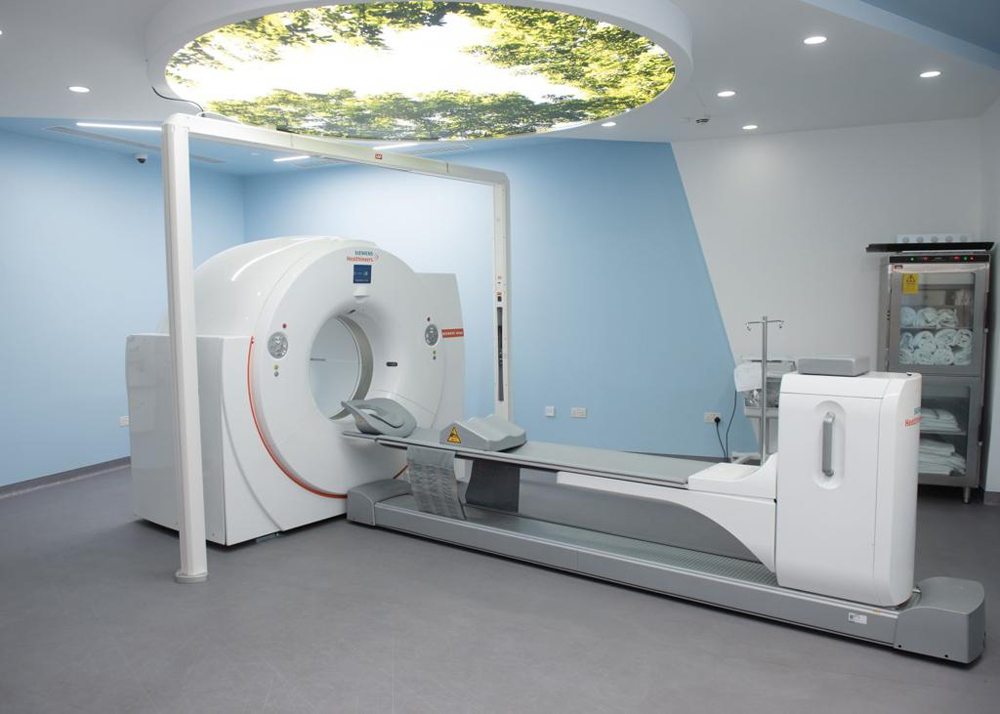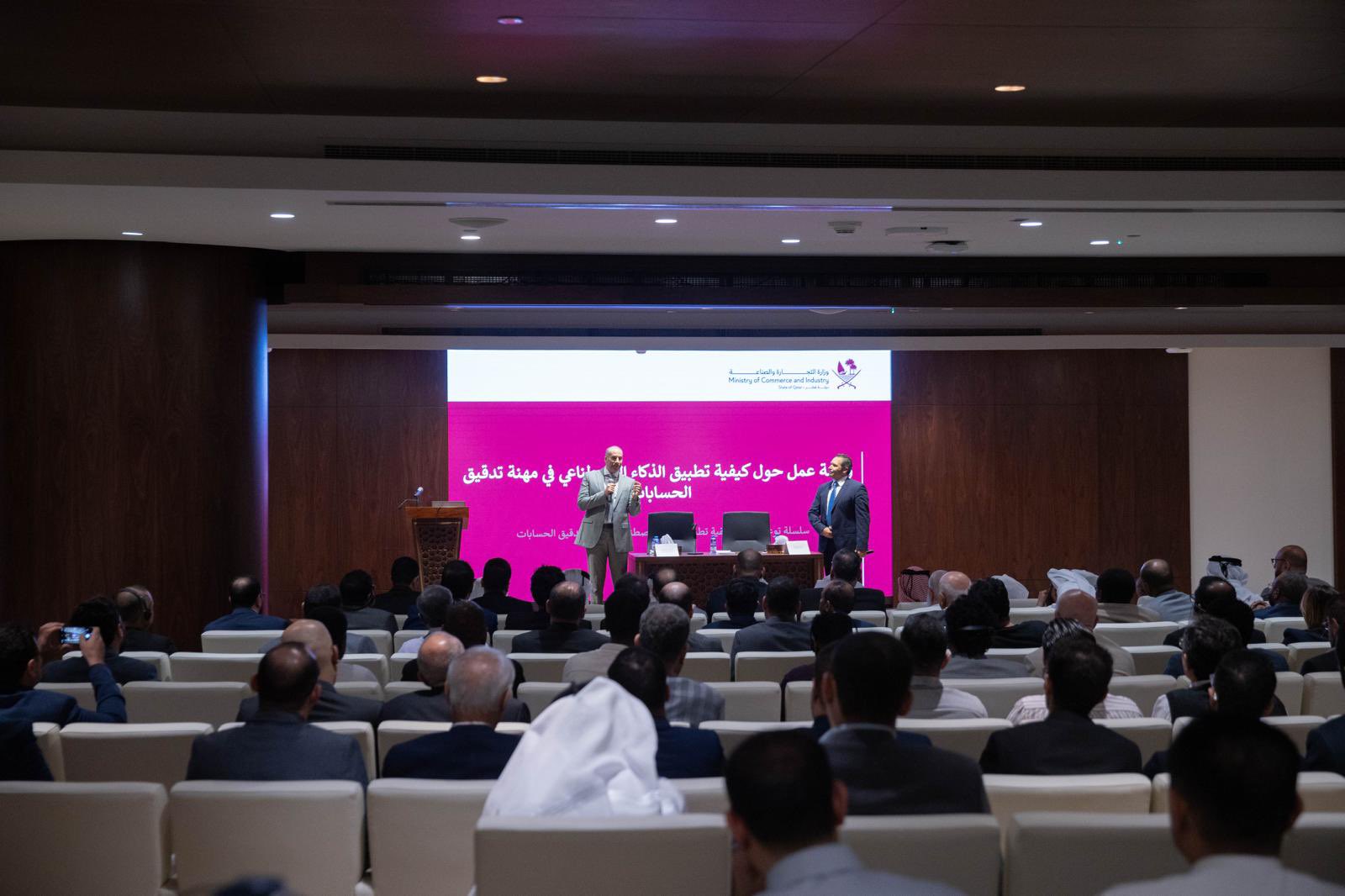This new milestone builds on Qatar’s existing impetus of attaining high levels of achievements in the country’s medical sector.
The Hamad Medical Corporation (HMC) announces its inception of nuclear treatment of tumors upon the opening of the first radiopharmaceutical laboratory in Qatar.
The new laboratory, which is found at HMC’s National Center for Cancer Care and Research, will provide cancer patients with diagnostic and therapeutic care locally. This allows patients to seek medical help from the country itself rather than resorting to a travel abroad to receive care for this type of treatment, according to the HMC.
The Senior Consultant Radiologist and Chief Radiologist at the HMC, Dr Maryam Al-Kuwari explained that the lab will undertake the preparation of radiation drugs used for diagnosing and treating tumors through nuclear medicine.
The drugs are prepared under strict safety practices that are in accordance with international standards. The doses are carefully calculated to adjust to the types of tumors and the needs of patients. The drug doses are subject to quality control examinations prior to their dispensation to patient, Dr Al-Kuwari noted.
The nuclear treatment of tumors is “based on radioactive drugs which target and destroy cancerous cells without affecting normal or healthy surrounding cells. This technique is a highly effective option to treat malignant thyroid, hepatic, prostate, and endocrine tumors. These therapeutic drugs are isotopes combined with biological molecules that target cancer cells within the human body,” Dr Al-Kuwari said.
“Following the diagnostic process, therapeutic drugs are prepared by a highly trained team. Similar laboratories will be established across HMC facilities in the future to meet patient needs in the country,” she continued.

Through clinical research, a PET-CT diagnostic approach has proven to be far more effective than its conventional counterpart since its nature allows healthcare experts distinguish “malignant tumors from benign ones,” the HMC report added. This enables the professionals determine the tumor’s stages, its scope of spread, and how it would potentially respond to treatments meticulously developed and planned for the tumor.
“Radioactive glucose” is considered one of the most prevalent drugs used in the diagnosis of tumors.
The second PET-CT has aided in reducing patient’s waiting time and allowed performing tests to be carried out in a timely order. “More than 25 tests can now be performed daily at the unit,” the report said.
The ongoing introduction of advanced healthcare services is a testament to HMC’s determination in providing world-class medical care to its citizens. The launch of the nuclear medicine is an “integral part” of the clinical imaging sector and leads an important role in the diagnosis and early detection of diseases.
Dr Haya Al-Meraikhi, Consultant of Diagnostic Radiation for Breast Cancer at HMC, explained that the Nuclear Medicine division has introduced other modern diagnostic technologies such as Positron Emission Mammography (PEM).
Researchers in Qatar develop advanced screening tool for genetic diseases
This “first of a kind tool” in Qatar is licensed by the US Food & Drug Administration (FDA) and helps “diagnose early-stage breast cancer as well as the remission of the condition after surgery and radiotherapy,” she added.
This innovative machinery, compared to the conventional mammogram, is “more effective in screening young women for breast cancer as the diagnosis can be more difficult due to breast tissue density. It also provides more conclusive test results revealing tumors even less than 1 cm in size,” Dr Al-Meraikhi stated.
The PEM is ideal for patients who cannot undergo Magnetic Resonance Imaging (MRI) scanning as a result of possible case of Claustrophobia (fear of confined spaces), having pacemakers (small device to control heartbeat) implanted, or being allergic to MRI contrast dye.
“The PEM modality can produce a 3D high-resolution image that is 80% clearer than that produced by conventional mammogram. Unlike MRI, PEM pinpoints the exact location of cancer cells thus ridding patients the inconvenience of unnecessary biopsies otherwise needed for the screening process,” Dr Al-Meraikhi said.
The nuclear treatment
The nuclear medicine therapy is another approach to treating cancer that might be used with or after other treatment options which are mainly chemotherapy and surgery. It does not necessarily lead to a cure unless combined with other therapy measures. For many, however it can contain symptoms and shrink and stabilise the tumors for a while, even for years.
“Nuclear medicine therapy is sometimes the best option for people who no longer respond to other treatments,” the report stated.
Follow Doha News on Twitter, Instagram, Facebook and Youtube







